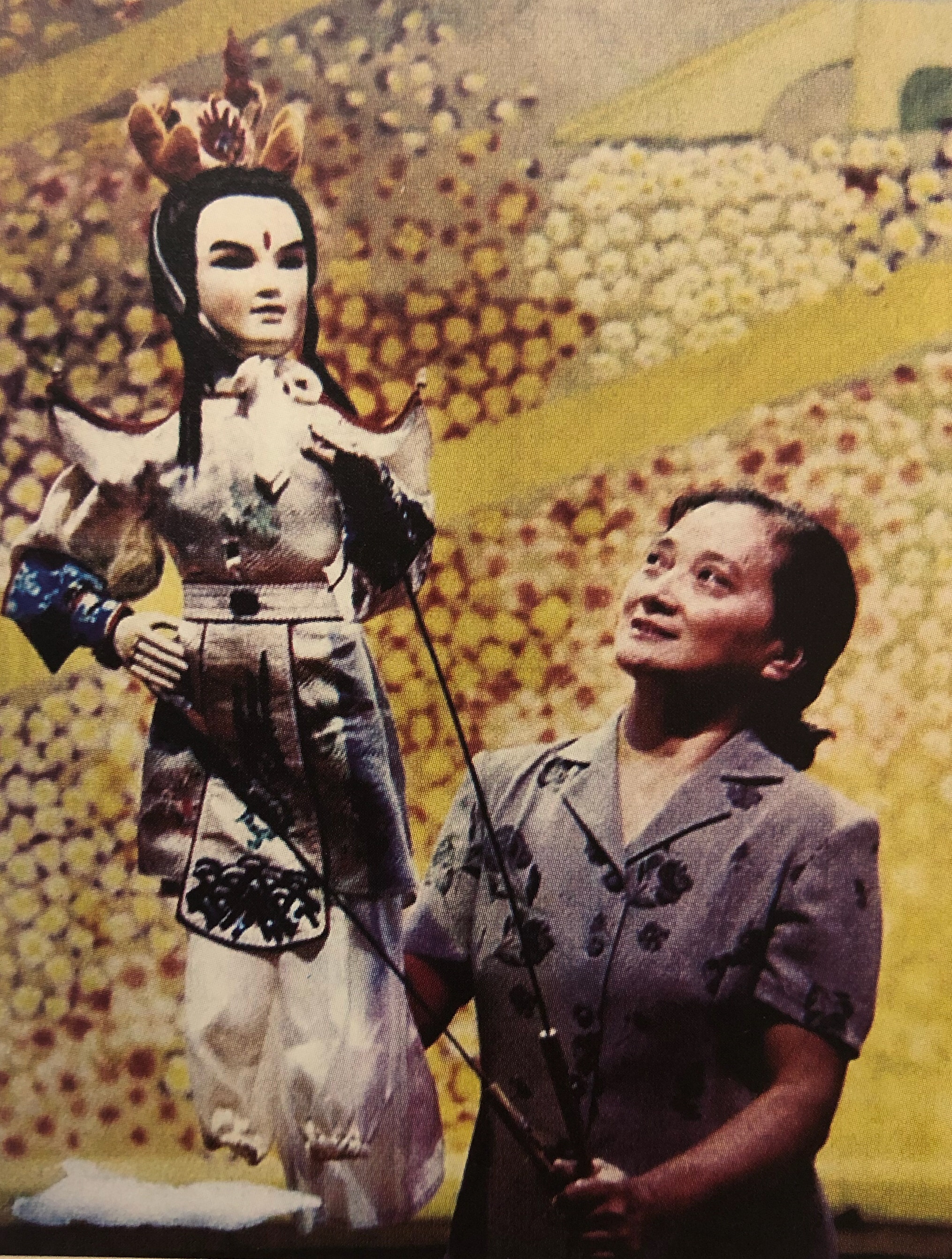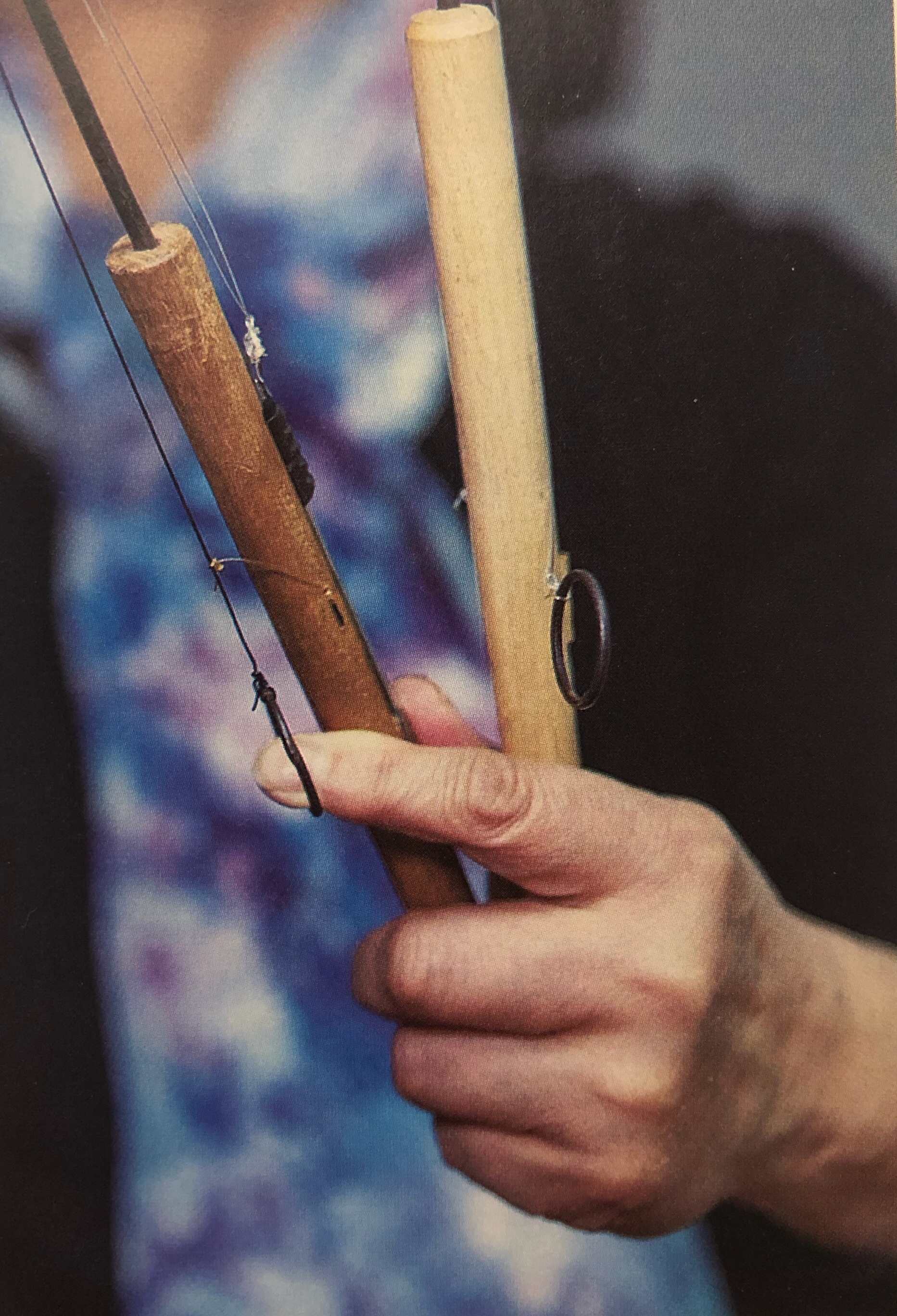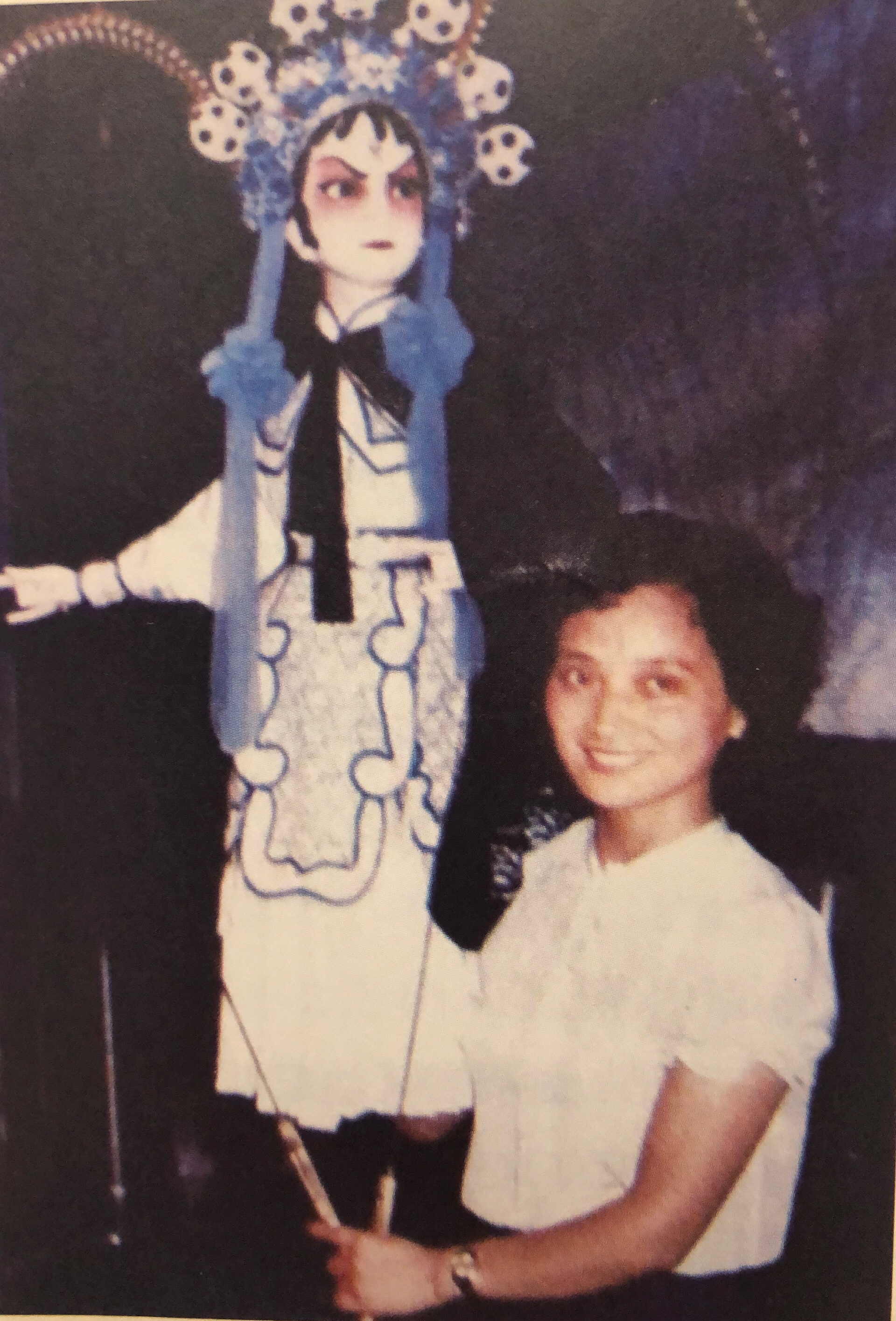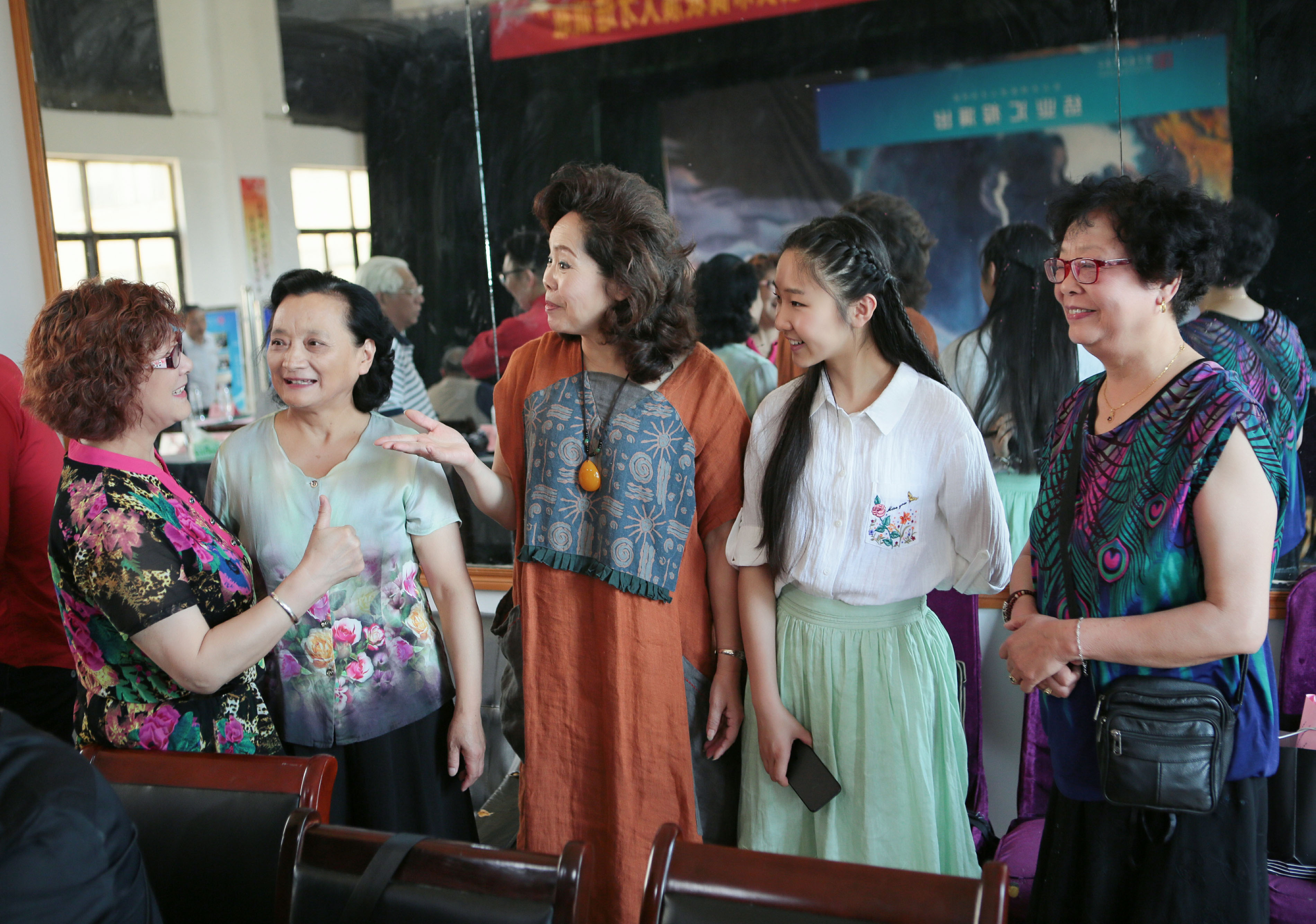


Chinese puppetry has a history that reaches back thousands of years in comparison to Chinese opera and Chinese theatre with less than a thousand years of history. Chinese puppetry is often referred to as the mother of all Chinese theatrical art.
Yangzhou puppetry arose in the Tang dynasty, became widely recognized in the Song dynasty and fully developed during the Ming and Qing dynasties. It is known around the world for the puppets' exquisite and lifelike images and the puppeteers' masculine and feminine approaches during performance. Yangzhou rod puppet, together with Quanzhou marionette, and Zhangzhou glove puppet are three major genres of Chinese puppetry, and has been included on The National List of Intangible Cultural Heritage of China in 2008.
Writings on Yangzhou puppetry can be found in books dating back to the Tang dynasty. At the time, it was a folk art that was not of a high aesthetic standard. In the Song dynasty, puppetry stood out from all other theatrical art for its long history and unique characteristics. Rising in popularity, it was not only performed in the streets of Yangzhou, but also made its way to royal court and inner chambers for womenfolk.
Yangzhou was a broken and war-torn city during the Yuan and Ming dynasties, and puppetry was also faltering. It was not until the Qing dynasty that puppetry was revived and fully developed. These were reflected in its frequent performances and its wide variety including glove puppet, marionette, rod puppet and water puppet. However, its popularity did not last long. During the Daoguang period of the Qing dynasty, Yangzhou attracted many Hui opera artists before the "Four Great Anhui Troupes" brought Hui opera to Beijing. As the Hui opera became more and more popular among both wealthy businessmen and the general public, the puppetry performances gradually moved to suburbs outside Yangzhou.
Taixing region is Yangzhou rod puppet's birthplace in modern times and is also Ms. Hua Meixia's birthplace. In the 1940s, there were more than 100 puppet troupes in Taixing county alone. Many troupes went outside the county to perform puppetry in the 1950s. Some troupes chose to register as local troupes at the place they were performing. In 1973, Taixing County Puppet Troupe was promoted to city level and renamed Yangzhou Region Puppet Troupe, and the troupe including Ms. Hua moved from Taixing to Yangzhou.
"Three puppet plays by Yangzhou Region Puppet Troupe marked three milestones of the troupe during the past 30-some years since reform and opening up," Ms. Hua said, "in 1981, Yangzhou Region Puppet Troupe created a large scale puppet play 'The Goddess Chang's Fly to the Moon' that turned Peking opera into a new form of Peking opera song, which was praised by the Ministry of Culture and well received by peer experts; in 1993, Yangzhou Region Puppet Troupe created a large scale puppet play 'The Fairy of King Fa' based on a fairy tale, which won the Best New Play award at the 8th Wenhua Award by the Ministry of Culture and the Best New Play award of the 'Liuyi Festival'; in 2002, Yangzhou Region Puppet Troupe created a children's cartoon puppet play 'New Story of the Three Monks', and it won the Golden Award at the Golden Lion Award of the 2nd National Puppet and Shadow Puppet Competition by the Ministry of Culture for its creative ideas, distinct characteristics, unique performances and imaginative innovations."
Since the Qing dynasty, the art of Yangzhou rod puppet has started to absorb skills from Kun opera, Hui opera and Peking opera. Through efforts of several generations of artists, it has gradually developed four major elements of its performance: "steady, upright, straight and level." In addition, it recently began to utilize skills including "water sleeves", "Chinese hand fan", "the heavenly maids scatter blossoms", "puppets' calligraphy" etc. It also started making use of sound, light, electricity and gas in its choreography. Yangzhou rod puppetry has improved the puppeteers' masculine and feminine approaches during performance, and achieved even more exquisite and extremely lifelike images of the puppets.


 all
all Puppet show
Puppet show Puppet show and me
Puppet show and me
I want to leave a message